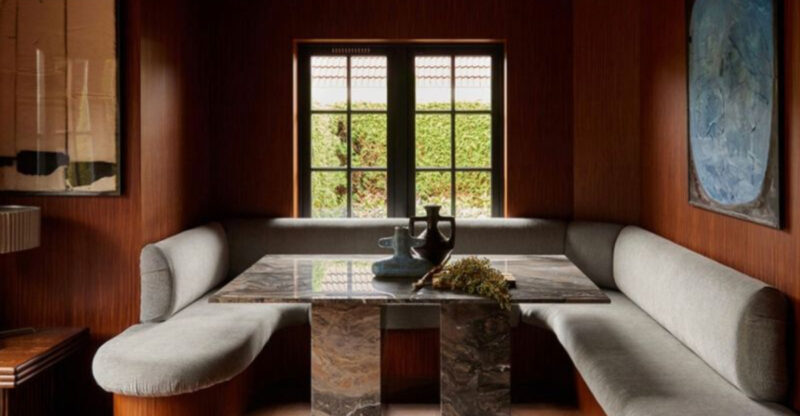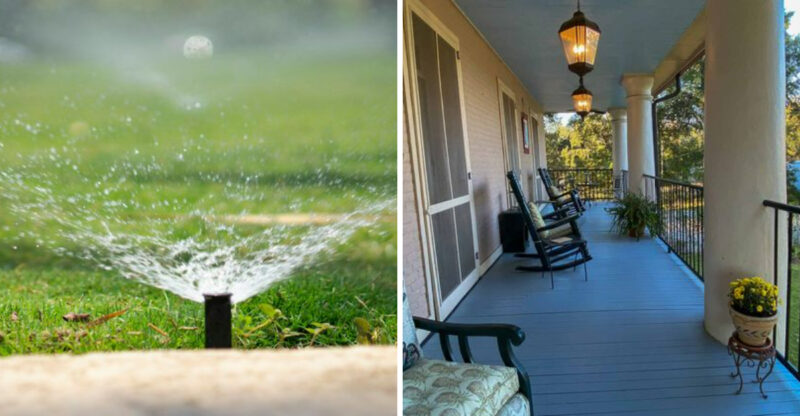16 Fading Home Trends Nevada Designers Say You Should Retire Now
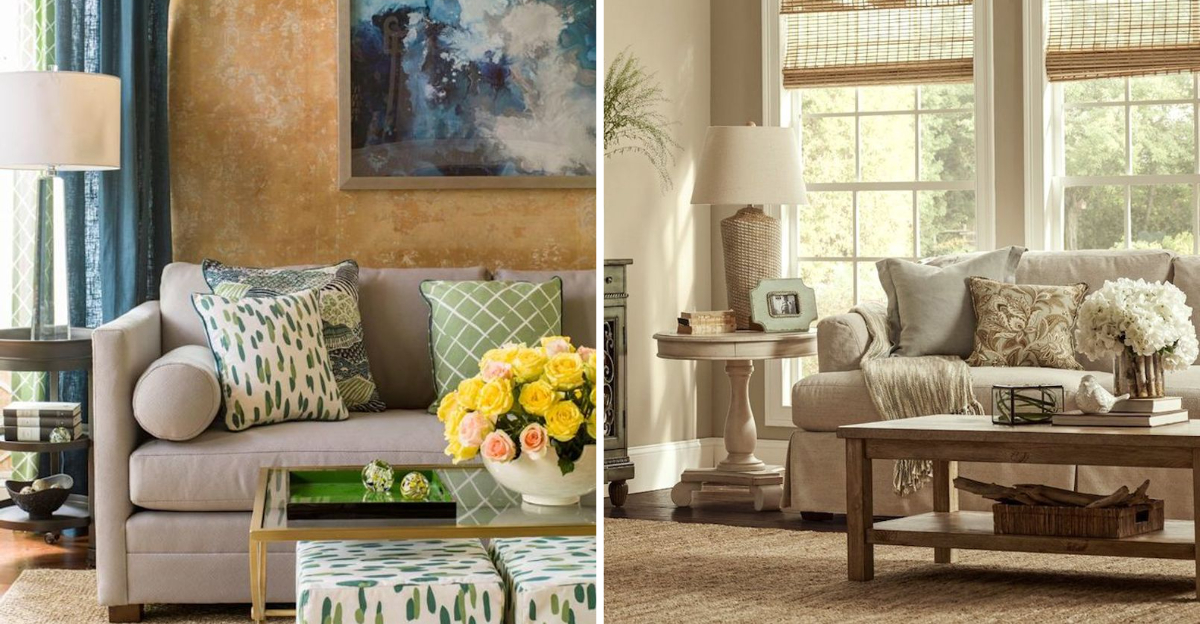
Home design moves fast, and what looked fresh last year might feel tired today. Nevada designers are seeing a major shift away from certain popular styles that once dominated every home magazine and Pinterest board.
If you’re planning a renovation or just want to keep your space looking current, it’s smart to know which trends are on their way out.
1. All-White Kitchens
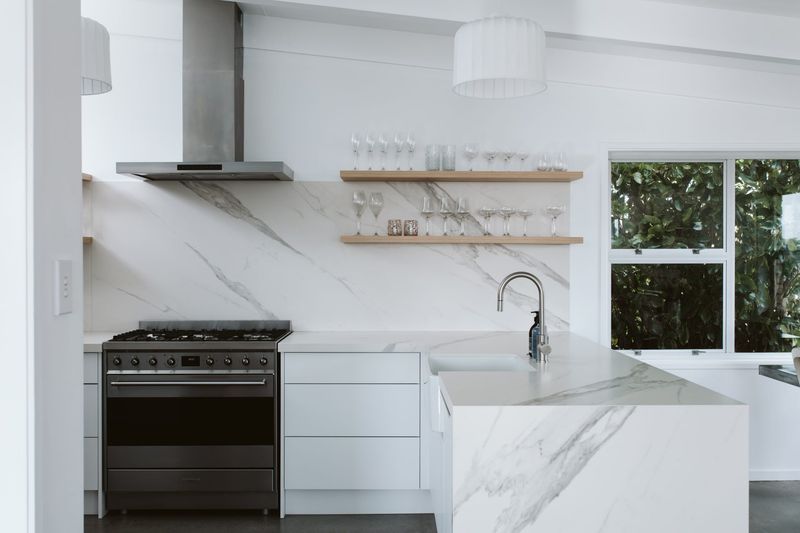
White kitchens used to scream sophistication and cleanliness. Every home show featured them, and buyers couldn’t get enough of that crisp, bright look.
However, designers now find these spaces feeling cold and sterile rather than welcoming. The lack of color and texture makes rooms feel more like hospital cafeterias than cozy family gathering spots.
Nevada homeowners are embracing richer colors like navy blues, forest greens, and warm terracottas instead. These deeper tones add personality and warmth while hiding the inevitable wear and tear better than stark white surfaces ever could.
2. Open Shelving

Did you know Nevada’s desert climate creates more dust than almost anywhere else? Open shelving looked beautiful in design magazines, but it turned into a maintenance nightmare for local homeowners.
Dishes and glasses sitting exposed collect dust within days, requiring constant cleaning and wiping. What seemed like a charming way to display pretty dishware became an exhausting chore nobody wanted.
Closed cabinets are making a strong comeback because they keep everything protected and clean. Modern cabinet designs with glass inserts offer the best of both worlds you can still showcase special pieces without the dust problem.
3. Industrial Finishes
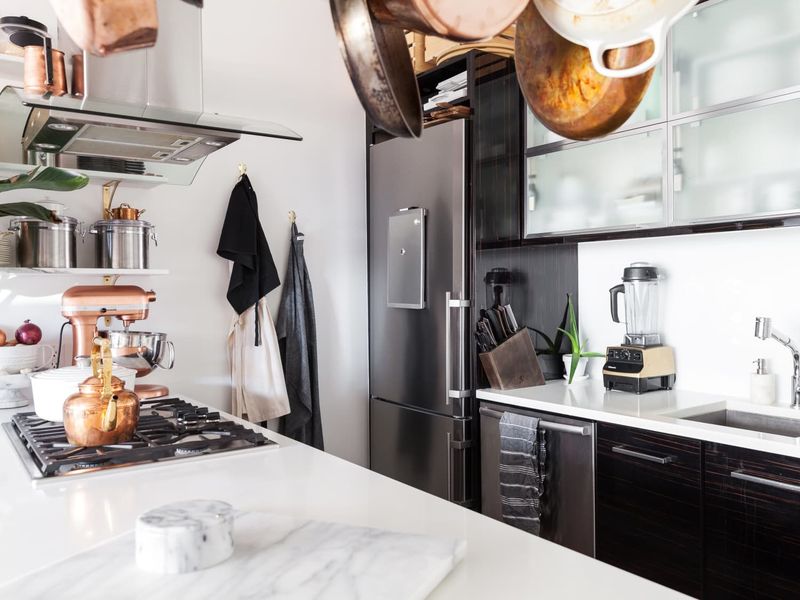
Exposed pipes and concrete counters gave homes that trendy loft vibe everyone wanted. The raw, unfinished look felt edgy and different from traditional designs.
But living with these cold, hard surfaces proved less appealing over time. Concrete feels uncomfortable to lean against, and metal fixtures can be harsh in Nevada’s already bright sunlight.
Homeowners now prefer materials that bring warmth and comfort to their daily lives. Wood accents, softer stone options, and warmer metals create spaces that feel inviting rather than like working in a factory every day.
4. Oversized Range Hoods
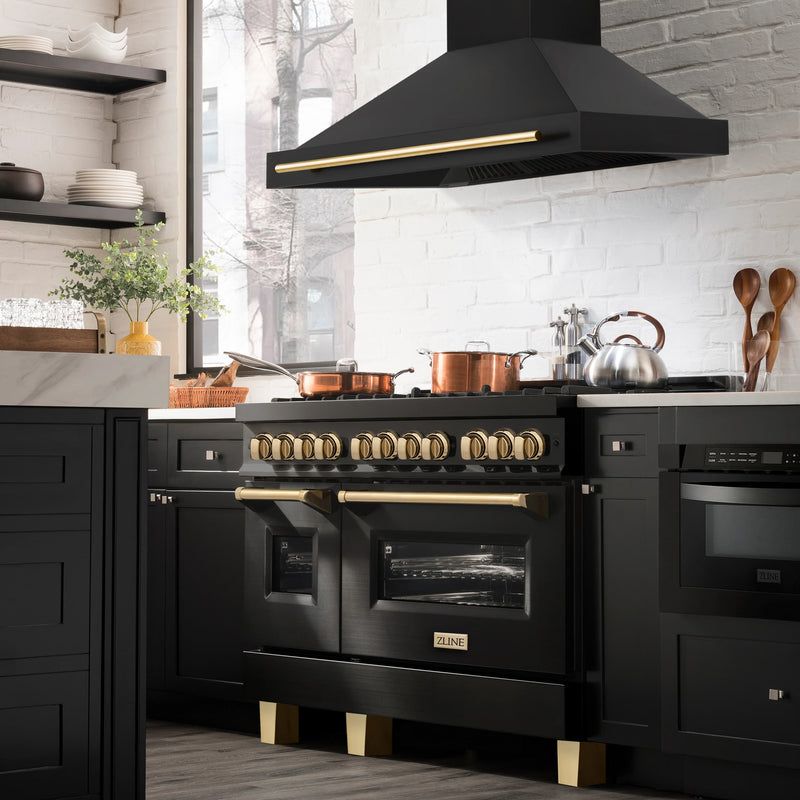
Massive range hoods became the kitchen’s crown jewel for a while. These giant fixtures demanded attention and supposedly showed you meant serious business about cooking.
Yet most families discovered these behemoths took up valuable visual space without adding real function. They made kitchens feel cramped and often blocked sightlines to other areas of the home.
Sleeker, integrated ventilation systems work just as effectively without the bulk. Hidden or minimalist hoods blend seamlessly with cabinetry, keeping your kitchen feeling open and spacious while still handling all your cooking needs perfectly.
5. Granite Countertops

Granite countertops were once the ultimate luxury upgrade everyone wanted. The natural stone patterns and durability made them seem like the perfect choice for any kitchen remodel.
Times have changed, though, and those busy patterns now feel overwhelming and dated. The heavy veining and speckled appearance compete with everything else in your kitchen design.
Quartz and marble-look composites offer cleaner lines and more consistent patterns. These materials require less maintenance than granite, resist staining better, and provide that elegant look without the visual chaos of traditional granite slabs.
6. Gray Monochromatic Palettes
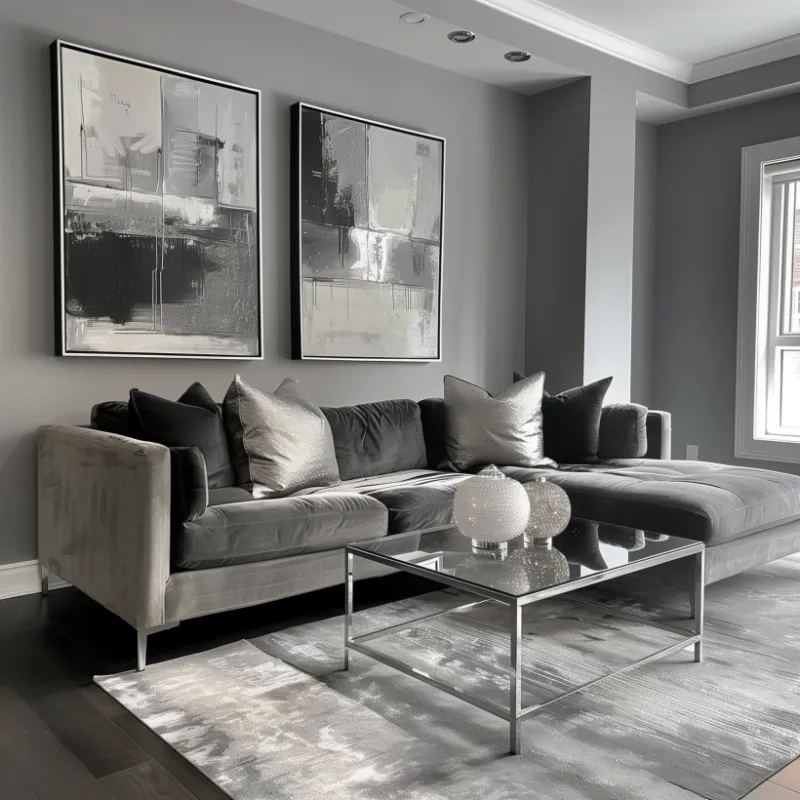
Gray took over home design for years, appearing on every surface imaginable. Walls, furniture, floors, and accessories all came in fifty shades of this supposedly versatile neutral.
But all that gray created spaces that felt cold, depressing, and frankly boring. Rooms lacked the warmth and energy that make a house feel like a real home.
Warmer neutrals like beige, greige, and earthy tones are bringing life back to Nevada homes. These colors create inviting spaces that feel comfortable and welcoming, especially important when the desert landscape outside already provides plenty of neutral tones.
7. Farmhouse Aesthetics
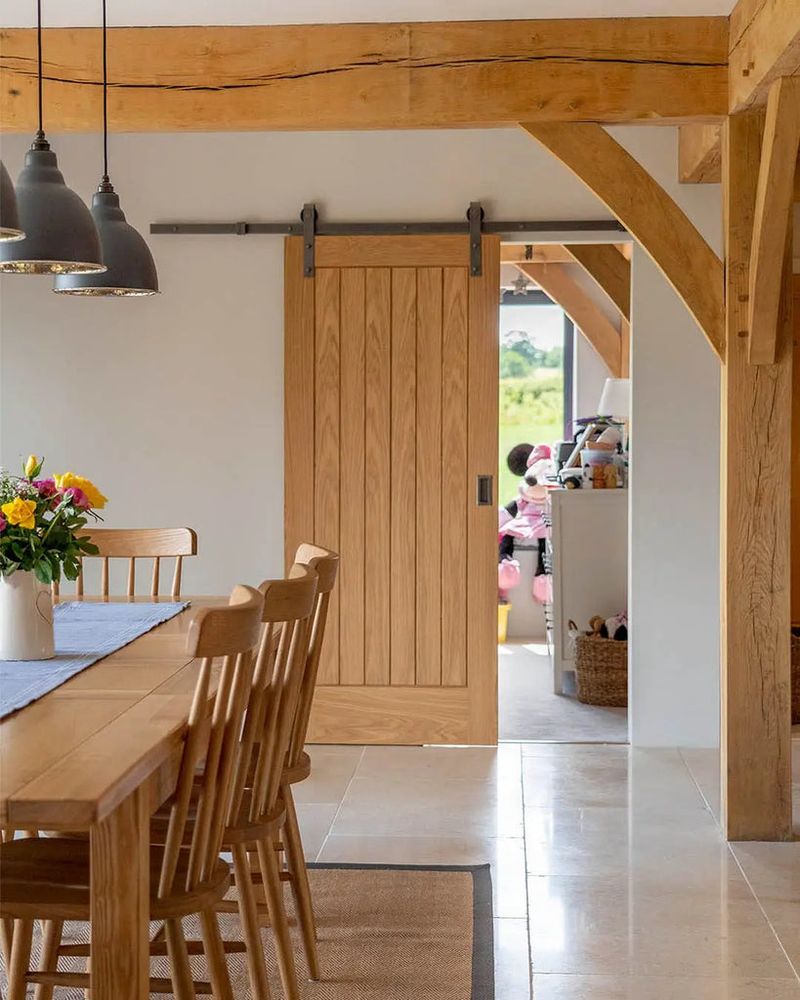
Farmhouse style exploded everywhere, from suburban homes to city apartments. Faux exposed beams, barn doors, and super-distressed furniture filled every corner of every room.
The problem? It all started looking exactly the same, like every home shopped at identical stores. Real personality and individual style got lost in the sea of mass-produced rustic decor.
Nevada designers now encourage clients to find genuine vintage pieces with actual history. Authentic antiques tell real stories and bring true character to your space, making your home uniquely yours instead of another cookie-cutter farmhouse clone.
8. Matte Black Finishes

Matte black hardware appeared on every cabinet, faucet, and light fixture imaginable. The dramatic contrast looked striking in photos and promised to modernize any space instantly.
Reality proved less glamorous—matte black shows every fingerprint, water spot, and smudge. The flat finish also lacks depth and visual interest up close.
Blackened steel and bronze offer similar drama with much more character. These materials develop beautiful patinas over time, hide imperfections better, and bring warmth and dimension that plain matte black simply cannot match in real-life use.
9. Matching Furniture Sets
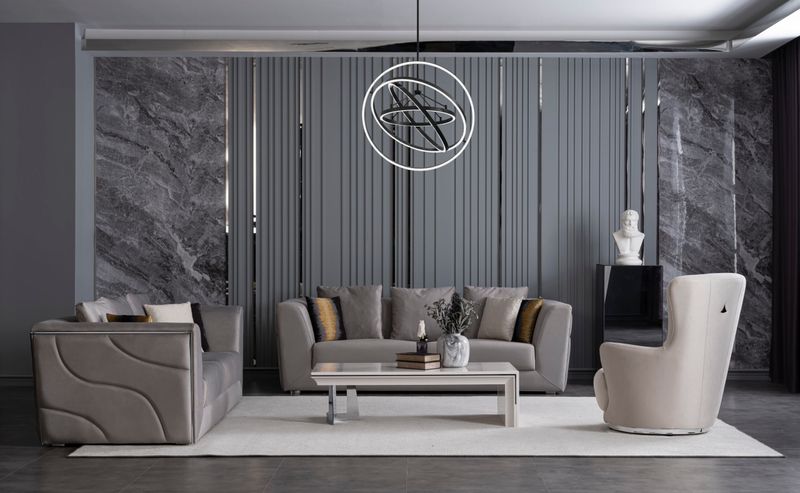
Furniture stores made it easy buy the whole bedroom or living room set at once. Everything matched perfectly, from the bed frame to the nightstands to the dresser.
However, these matching sets make homes feel like hotel rooms or furniture showrooms. There’s no personality, no story, and nothing that reflects who actually lives there.
Mixing different furniture pieces creates spaces that feel collected over time and truly personal. Combining various styles, eras, and finishes shows your unique taste and makes your home interesting to look at and live in every single day.
10. Bouclé Fabric
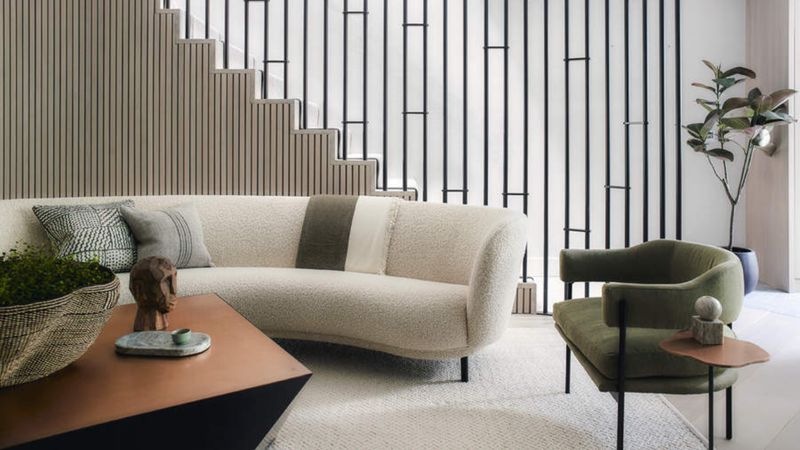
Bouclé fabric became the texture everyone needed to have. Those nubby, looped chairs and sofas appeared in every design blog and Instagram post imaginable.
Like all trends that explode too quickly, bouclé became oversaturated and predictable. Everyone had the same chair, and the fabric’s popularity made it feel generic rather than special.
Designers now recommend brushed wool, slub linen, or matte chenille for tactile interest. These alternatives provide comfort and texture without screaming that you followed the latest trend, creating spaces that feel fresh and personal instead of dated.
11. Waterfall Kitchen Islands

Waterfall islands looked incredibly sleek with countertop material flowing seamlessly down the sides. The continuous surface created clean lines that felt very modern and architectural.
But these islands often feel cold and lack personality in everyday life. The monolithic look can dominate a kitchen rather than complement it.
Mixing materials brings warmth and visual interest that waterfall edges cannot provide. Combining wood bases with stone tops, or adding metal accents, creates depth and character while making your kitchen feel custom-designed specifically for your family rather than pulled from a generic design template.
12. Minimalism
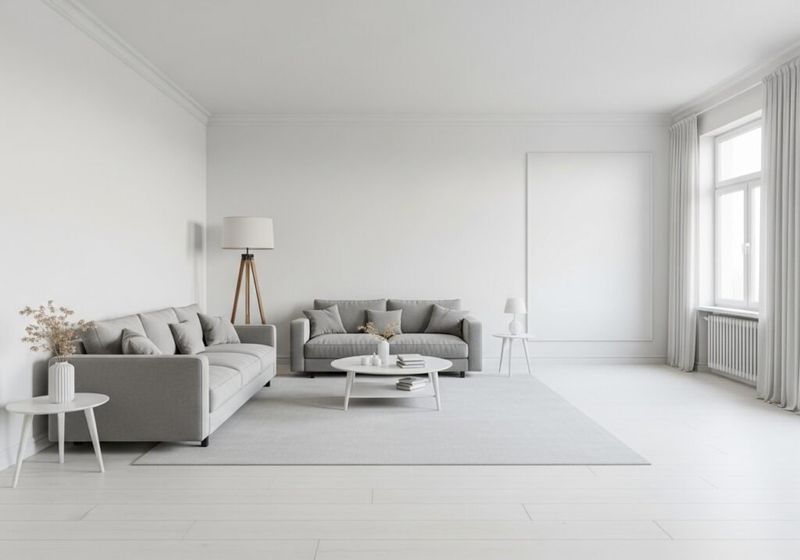
Minimalism promised peace through emptiness and simplicity. Bare walls, minimal furniture, and almost no decorative objects supposedly created calm, zen-like spaces.
For most families, though, these sparse rooms felt cold and uninviting rather than peaceful. Homes need personality, comfort, and things that reflect the people living there.
Maximalism is replacing minimalism with layers of texture, color, and pattern. This doesn’t mean cluttered chaos it means thoughtfully combining elements that bring joy, tell your story, and create spaces that feel truly lived-in and loved by real people.
13. Flat Drywall

Flat, smooth drywall became standard because it was easy and inexpensive. Builders could finish homes quickly with perfectly plain walls and ceilings.
Yet these surfaces feel lifeless and boring, offering nothing interesting for your eyes to enjoy. Flat walls lack the depth and character that make spaces feel special.
Textured finishes like plaster, fluted details, and dimensional wallpapers add warmth and personality. These treatments catch light differently throughout the day, creating visual interest that flat surfaces simply cannot achieve, making your home feel more sophisticated and intentionally designed.
14. Catalog-Inspired Rooms
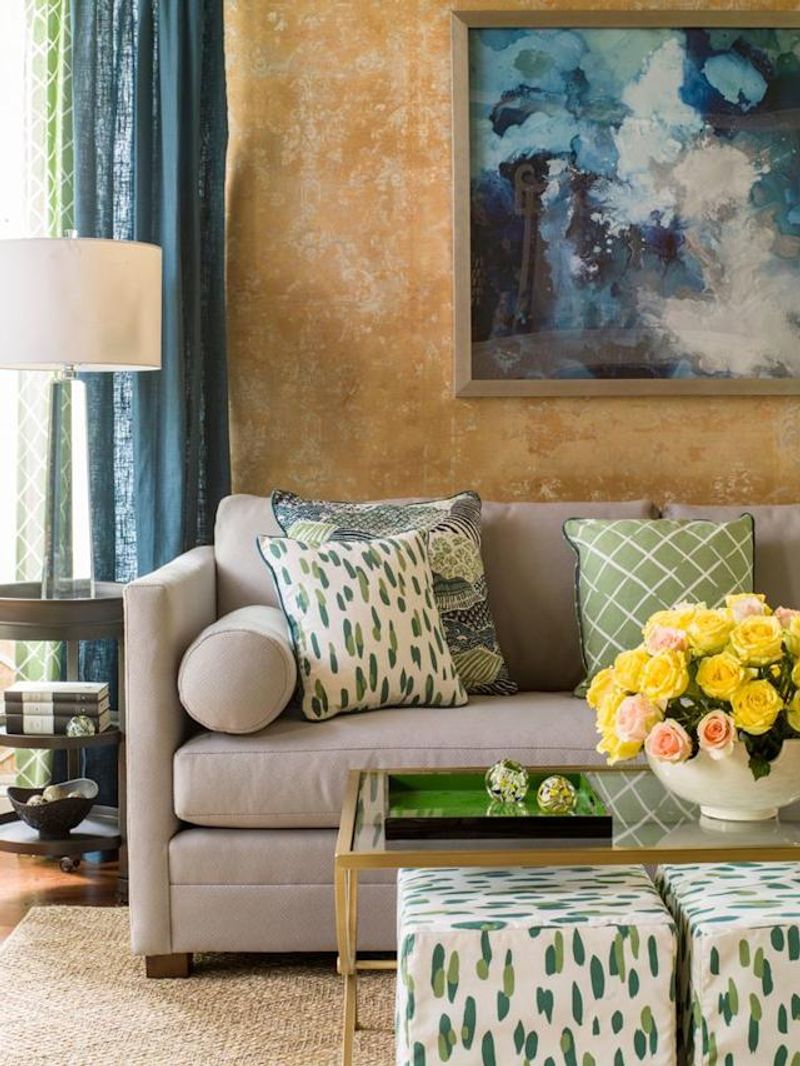
Copying rooms straight from catalogs seemed like a foolproof design strategy. Everything coordinated perfectly, and you knew it would look good because professionals styled it.
The problem is these spaces feel like nobody actually lives there. They lack the personal touches, meaningful objects, and quirks that make a house feel like your home.
Nevada homeowners now want designs reflecting their actual lives and interests. Family photos, travel souvenirs, hobby-related items, and pieces with personal meaning create authentic spaces that tell your unique story rather than looking like everyone else’s Pinterest board.
15. Café Curtains

Café curtains covered just the bottom half of windows, supposedly offering privacy while letting light in. They felt charming and cottage-like in theory.
In practice, they often look awkward and dated, cutting windows at odd heights. They also block less light than you’d think while failing to provide real privacy.
Full-length linen drapes or simple roller shades work much better for Nevada homes. These options look intentional and polished while actually controlling light and privacy effectively, plus they make your ceilings appear higher and your rooms feel more elegant and finished.
16. All-Beige Interiors
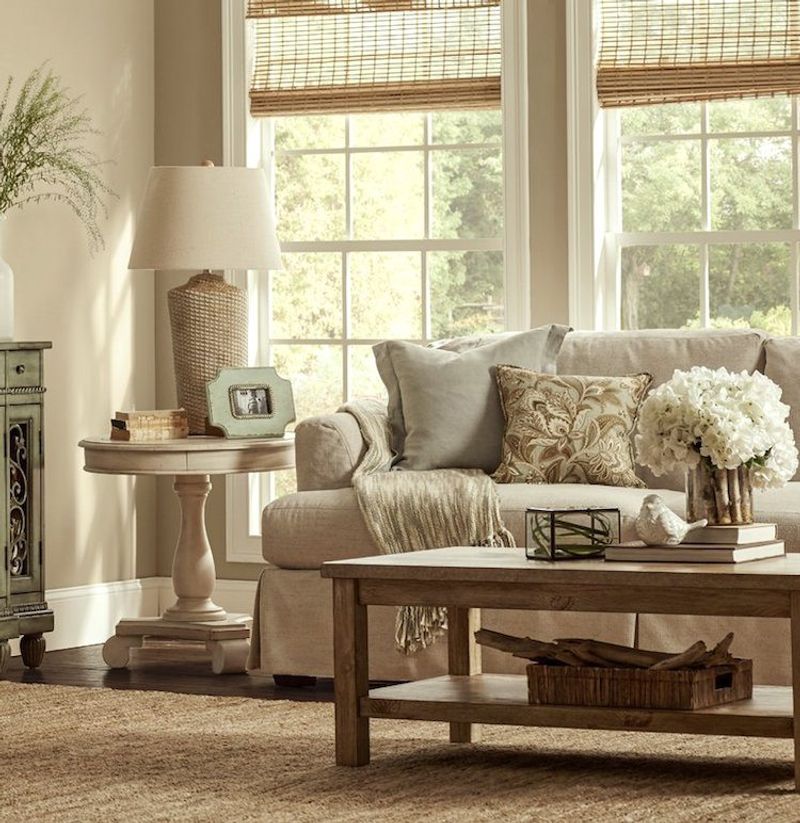
Beige promised to be the safe, timeless neutral that would never go wrong. Entire homes got decorated in various shades of tan, creating monochromatic spaces.
But all that beige creates flat, one-dimensional rooms without any visual interest or depth. Everything blends together in a boring blur of sameness.
Adding saturated colors and varied textures brings spaces to life dramatically. Even keeping neutral bases while incorporating colorful art, bold pillows, or richly colored accent pieces creates depth and character that all-beige rooms desperately lack, making your home feel vibrant and personal.


